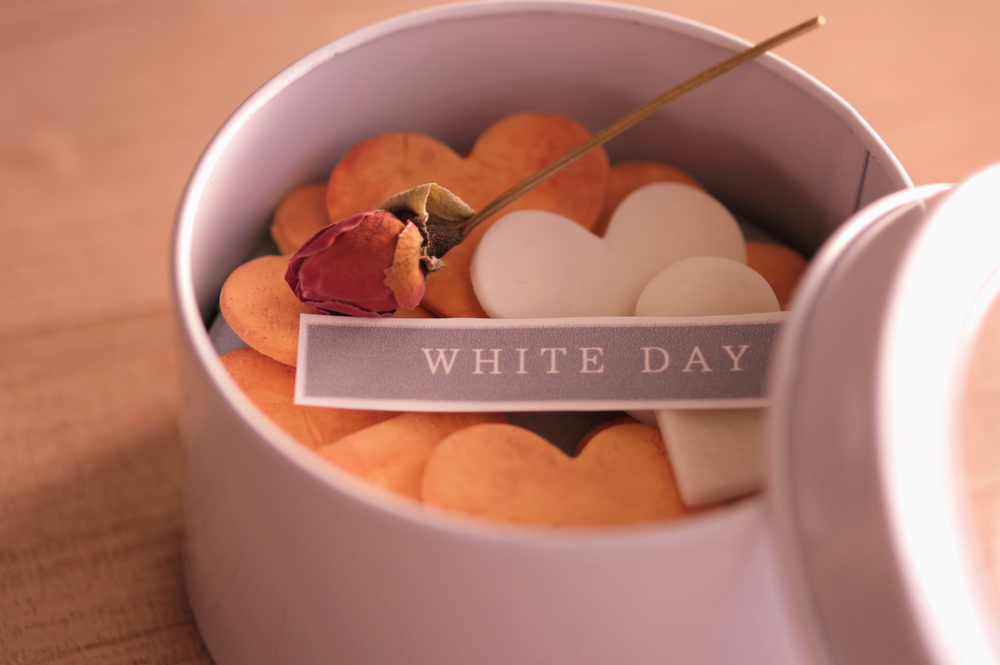How Valentine’s Day Gets Celebrated Across The World
Valentine’s Day, the global commemoration of affection, takes on various forms across the world. While the fundamental concept remains consistent – expressing love to those close to our hearts – the distinctive cultural nuances and traditions vary significantly from one nation to another. Let’s embark on a global exploration to uncover the diverse and distinctive ways in which different countries celebrate the day of love.
Japan: A Distinct Fusion of Tradition and Modernity In Japan, Valentine’s Day is marked by a unique twist. On February 14th, it is a convention for women to offer chocolates to their male counterparts. However, the celebration extends beyond that day. A month later, on March 14th, known as White Day, men reciprocate by presenting gifts, often white chocolates, to the women who initially treated them. This reciprocal exchange underscores the significance of mutual appreciation.

South Korea: Love Tokens and Abundant Roses South Korea elevates Valentine’s Day to new heights with a month-by-month love celebration. Starting on the 14th of each month, couples exchange various tokens of affection. Yet, it is on May 14th, known as Black Day, that singles come together to indulge in jajangmyeon, a noodle dish with black bean sauce, symbolizing a rejection of romance. Additionally, couples in South Korea symbolize their commitment by attaching love locks to bridges.

France: The Romance Capital France, renowned as the pinnacle of romance, celebrates Valentine’s Day with a passionate touch. While the exchange of cards and flowers is commonplace, the French also partake in the tradition of “loterie d’amour” or “drawing for love.” Unmarried individuals enter houses facing each other and call out to one another, pairing off by the end of the exchange. If dissatisfied, a man can switch partners, infusing a spontaneous element into the day of love.
South Africa: A Harmony of Love and Nature In South Africa, Valentine’s Day is a blend of love and nature. Couples often exchange gifts and share romantic dinners. A unique tradition called “Lupercalia” involves young women pinning the names of their love interests on their sleeves, a practice reminiscent of wearing one’s heart on their sleeve, symbolizing openness and vulnerability.

Brazil: A Love Carnival Brazil’s celebration of Valentine’s Day, known as “Dia dos Namorados,” transforms into a love-filled extravaganza. Celebrated on June 12th, preceding Saint Anthony’s Day on June 13th, a patron saint known for blessing marriages, Brazilians exchange gifts and revel in festive parades and music festivals. It is a vibrant celebration encapsulating the spirit of love and togetherness.
Philippines: A Day of Communal Unions In the Philippines, Valentine’s Day extends beyond couples to include those seeking matrimonial bonds. February 14th witnesses mass wedding ceremonies organized by local governments, offering an opportunity for numerous couples to unite in matrimony simultaneously. This communal celebration fosters a sense of unity and love within the community.
As we journey across the globe to witness the myriad ways in which Valentine’s Day is celebrated, it becomes apparent that love transcends cultural boundaries. Whether it involves the exchange of chocolates in Japan, the attachment of love locks in South Korea, spontaneous pairings in France, nature-infused traditions in South Africa, the lively carnival atmosphere in Brazil, or mass weddings in the Philippines – each country contributes its unique essence to the global celebration of love. Despite cultural disparities, the heart of Valentine’s Day remains a universal celebration of the enduring force that unites us all: love.
